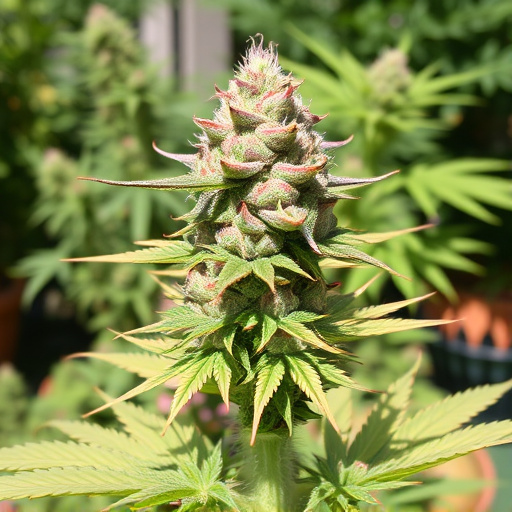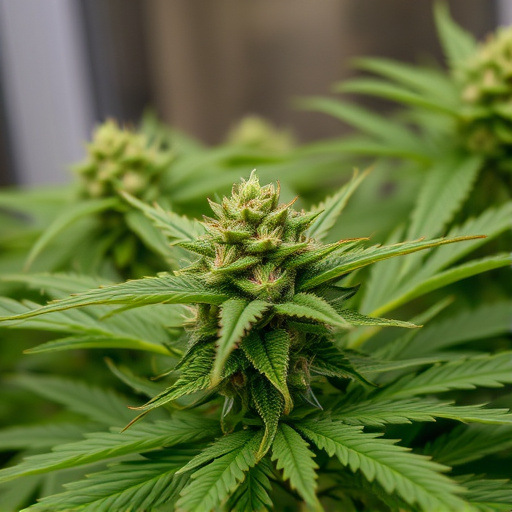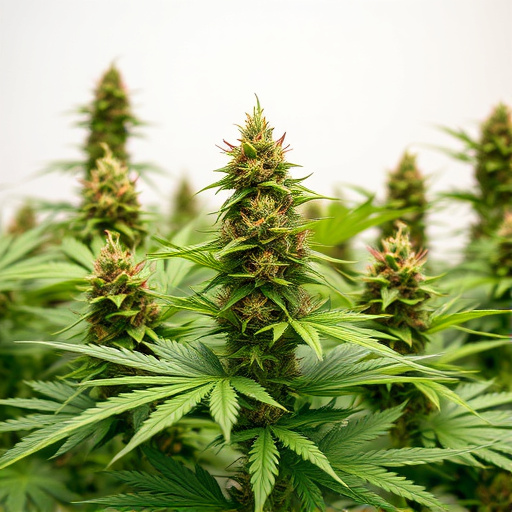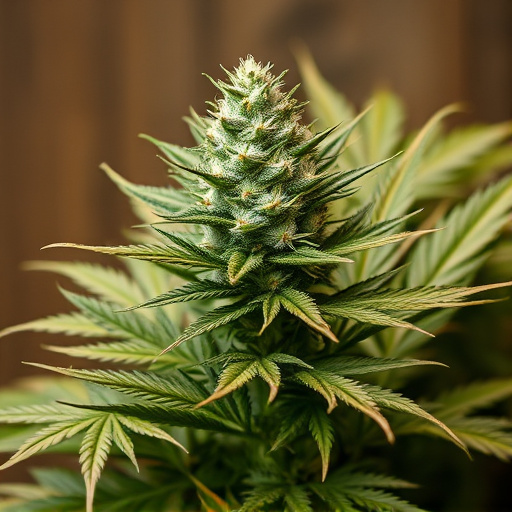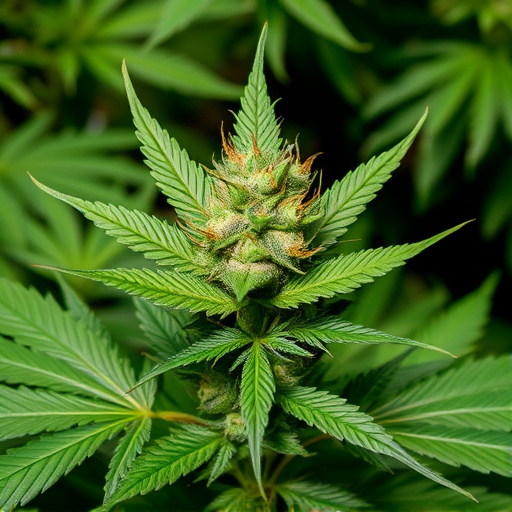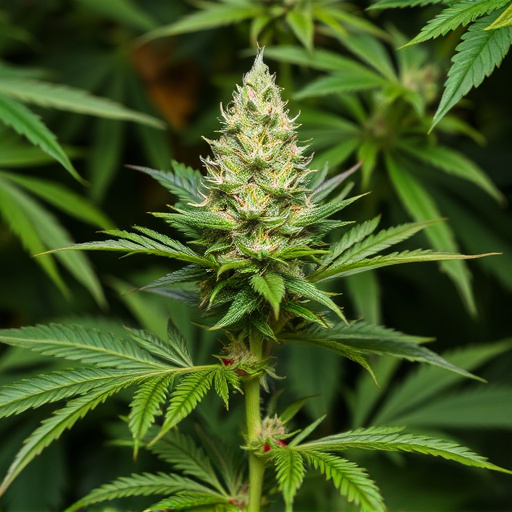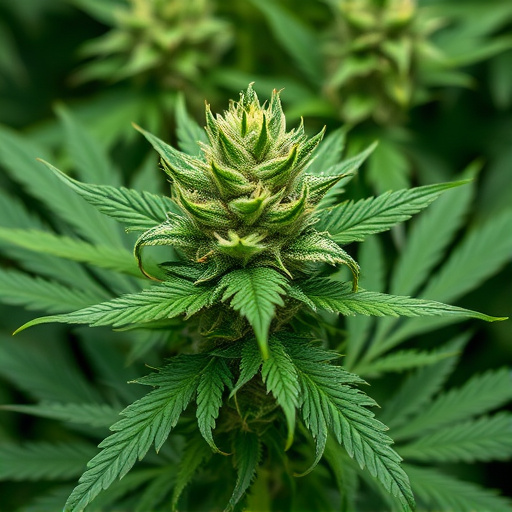The unique genetic makeup of original cannabis strains directly influences their quality, flavor profiles, and therapeutic potential. These strains, with their diverse terpene and cannabinoid profiles, offer a wide range of effects catering to various consumer preferences. Preserving original strains ensures high-quality cannabis flowers and provides a foundation for modern breeding programs. Terpenes, or "aroma compounds," play a crucial role in the sensory appeal and therapeutic benefits of these strains, with each terpene offering distinct properties. Understanding this complex relationship is key to selecting top-quality cannabis known for both its sensory and medicinal qualities.
In the ever-evolving cannabis industry, understanding what makes high-quality flower is paramount. This comprehensive guide delves into the multifaceted factors that contribute to premium cannabis. We explore the crucial role of genetics and terpene profiles, from the preservation of original strains and their genetic diversity to the impact of these chemical compounds on aroma, flavor, and potential therapeutic benefits. Additionally, we uncover cultivation practices designed to optimize cannabinoid production, emphasizing organic farming, low-stress training, and controlled environments. Finally, we detail meticulous harvesting and post-harvest processing techniques essential for maintaining consistency and purity in cannabis flower.
- The Role of Genetics and Terpene Profile in High-Quality Cannabis
- – Exploring the importance of original strains and their genetic diversity
- – How terpenes contribute to aroma, flavor, and potential therapeutic effects
The Role of Genetics and Terpene Profile in High-Quality Cannabis
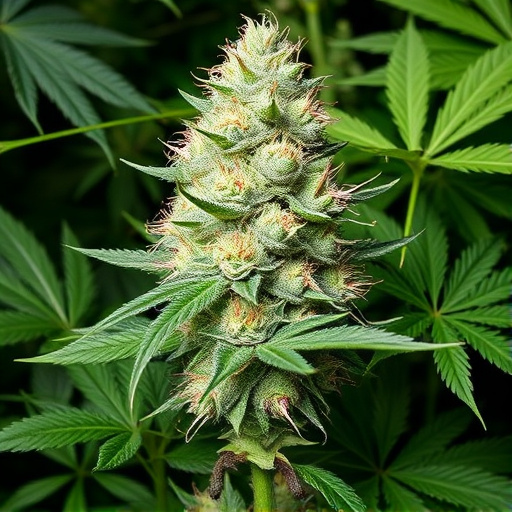
The genetic makeup of a cannabis plant plays a pivotal role in determining its quality and potential therapeutic benefits. Original strains of cannabis are cultivated for their unique genetic traits, which contribute to distinct flavor profiles and effects. Each strain carries specific genes that influence the production of various cannabinoids and terpenes, both key components responsible for the plant’s aroma, taste, and potential medicinal properties.
Terpenes, aromatic compounds found in cannabis, further enhance the overall quality and appeal. These volatile oils not only give cannabis its characteristic scent but also interact with cannabinoids to create complex flavor profiles. High-quality cannabis often boasts a balanced terpene profile, where a combination of specific terpenes amplifies the therapeutic benefits and provides a pleasurable sensory experience. This delicate equilibrium between genetics and terpene composition is what makes certain strains of cannabis truly exceptional.
– Exploring the importance of original strains and their genetic diversity
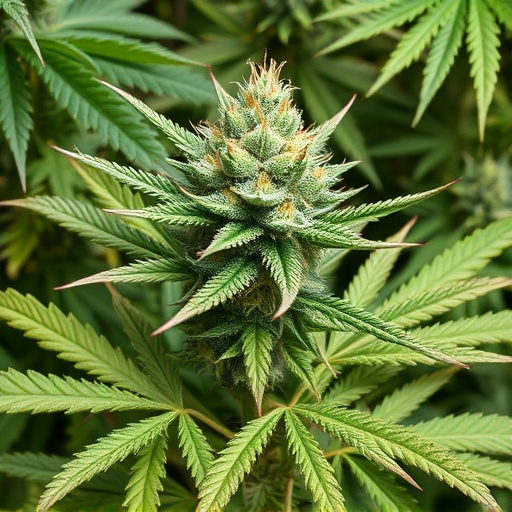
The world of cannabis is a vast and diverse landscape, with countless varieties and strains to explore. Among this diversity, the concept of “original strains” holds significant importance in ensuring high-quality cannabis flowers. These original strains are like rare gems, carefully cultivated and preserved for their unique genetic makeup and distinct characteristics. They represent the foundation of modern cannabis breeding programs, offering a rich gene pool that breeders tap into to create new hybrids.
Genetic diversity within cannabis plants is crucial because it contributes to a wide range of desirable traits. Different strains may exhibit varying levels of THC and CBD, providing options for diverse consumer preferences and medical applications. Additionally, unique terpene profiles give each strain its distinct aroma and flavor, while specific phenotypes can offer resilient or potent plants, suited for different growing conditions. Preserving and exploring these original strains allows cultivators to maintain and enhance the overall quality and variety of cannabis flowers available on the market.
– How terpenes contribute to aroma, flavor, and potential therapeutic effects

Terpenes, often referred to as the “aroma compounds” of cannabis, play a pivotal role in shaping the unique characteristics of each strain. These organic volatile compounds are responsible for the distinct aromas and flavors we associate with different varieties of cannabis. Beyond their sensory contributions, terpenes also interact synergistically with cannabinoids like THC and CBD, influencing the potential therapeutic effects. For instance, myrcene, a common terpene found in many original strains of cannabis, is known for its earthy scent and relaxing properties, making it a favorite among those seeking stress relief. Similarly, limonene, with its citrusy notes, has been linked to mood elevation and cognitive enhancement. Understanding the complex interplay between terpenes, cannabinoids, and the overall chemical profile of cannabis is crucial in discerning high-quality strains that offer not just pleasant sensory experiences but also desired therapeutic benefits.
High-quality cannabis flower is a delicate balance of genetics and chemistry. Original strains, with their diverse genetic backgrounds, lay the foundation for unique terpene profiles that influence aroma, flavor, and potential therapeutic benefits. Understanding these intricate connections allows cultivators to nurture superior products, catering to both pleasure and wellness. By appreciating the role of both factors, we can truly appreciate the complexity and diversity of the cannabis experience.

